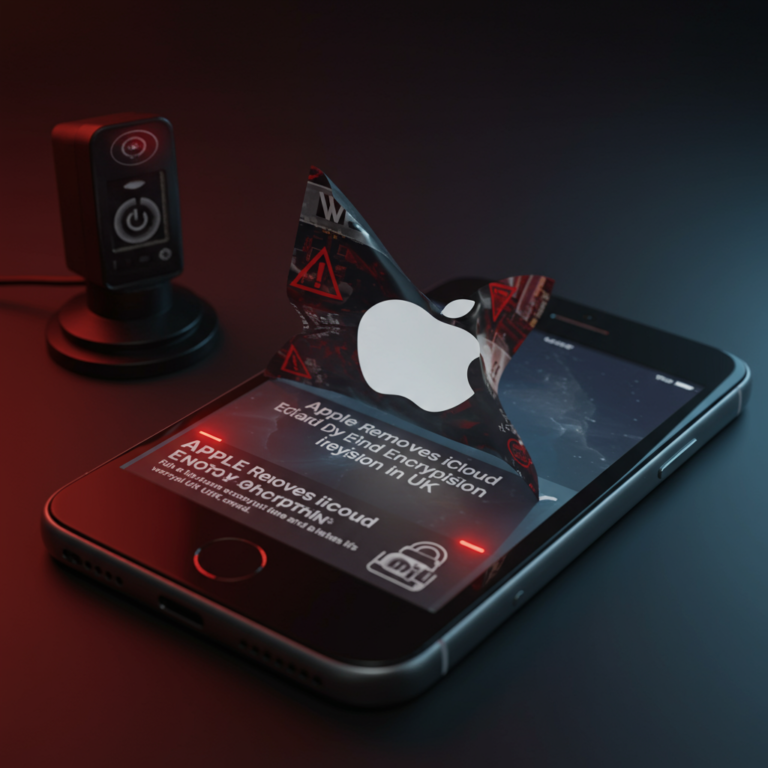Mobile Phishing Attacks Surge: 16% of Incidents in the US
What’s happening in mobile phishing? Recent reports from Zimperium zLabs highlight a significant surge in mobile phishing attacks, also known as “mishing.” As of August 2024, these attacks have peaked at over 1,000 daily incidents, with the United States accounting for 16% of all occurrences.
Understanding Mobile Phishing
What distinguishes mishing from traditional phishing? Mishing attacks exploit mobile-specific features such as small screens and touch-based navigation. Attackers often use SMS messages and mobile messaging platforms to deceive users into revealing sensitive information.
For instance, attackers utilize tactics including:
- Shortened URLs that obscure the destination.
- QR codes (quishing) that direct users to malicious sites.
- Device-specific redirections that complicate detection.
Furthermore, geolocation can be leveraged to target specific regions or organizations, making defense mechanisms more challenging to implement.
Growing Concerns and Key Statistics
How prevalent is mishing globally? The report reveals that while the US has a notable portion of incidents (16%), India leads the world with a striking 37% susceptibility to mishing attacks. Brazil follows with 9%.
Notably, attackers harness mobile messaging channels, such as Telegram bots, to share malicious links that can intercept one-time passwords (OTPs) and other confidential data, putting personal and enterprise accounts at risk.
Types of Mobile Phishing Attacks
What are the main types of mobile phishing? Security researchers have identified four primary types of mobile phishing attacks:
- Smishing: SMS-based attacks that trick users into divulging information.
- Quishing: QR code scams that lead to phishing sites.
- Vishing: Voice-based phishing tactics aimed at obtaining sensitive information.
- Mobile-targeted email phishing: Phishing that targets emails viewed on mobile devices.
The Response from Security Experts
What are experts saying about this trend? As Mika Aalto, CEO of Hoxhunt, states, “Mobile threats are no longer a fringe problem.” With sensitive data readily available on smartphones due to remote work and cloud services, these devices have become gateways for attackers.
J. Stephen Kowski, field CTO at SlashNext, notes that “82% of phishing sites now specifically target mobile devices,” emphasizing the need for protection across mobile communication channels.
Recommendations for Mobile Security
How can individuals and organizations protect themselves? Experts recommend adopting comprehensive mobile security measures, including:
- Phishing-resistant multi-factor authentication (MFA)
- Real-time URL analysis
- User training programs tailored to secure mobile usage
Pyry Åvist, CTO of Hoxhunt, stresses the importance of “continuous awareness training that addresses mobile behaviors.” By staying proactive, businesses can significantly reduce the risk of mishing attacks.
Conclusion
What’s the takeaway? The rise of mobile phishing attacks necessitates immediate action. By understanding the nature of these threats and implementing robust security measures, individuals and organizations can safeguard their sensitive information against emerging mobile phishing tactics.





